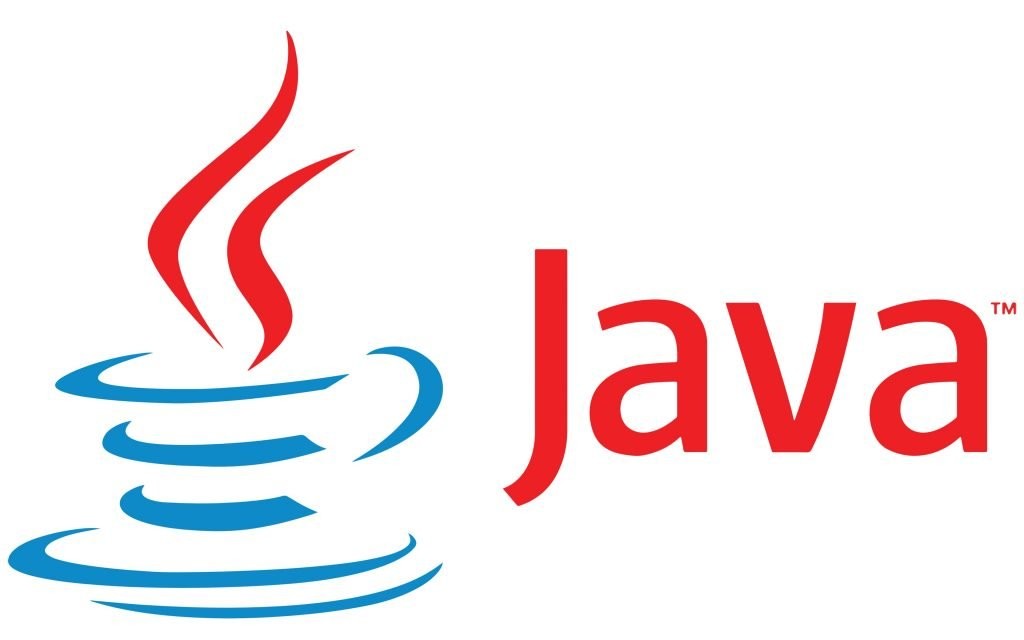Last Updated on July 28, 2024
Java method references, introduced in Java 8, are a concise way to refer to methods or constructors without invoking them. They serve as shorthand for lambda expressions that simply call an existing method.
These references can be used wherever a functional interface is expected, making code more readable and expressive.
They are particularly useful in stream operations, functional programming constructs, and when working with collections. Method references enhance code clarity, reduce boilerplate, and provide a more natural way to use existing methods in functional contexts.
By using method references, developers can write more concise, readable, and maintainable code, especially when working with APIs that leverage functional interfaces. This feature aligns with Java’s evolution towards supporting more functional programming paradigms.
Types of Method References
They come in four distinct types, each serving a specific purpose in functional programming contexts. These types allow developers to reference methods or constructors in various scenarios, providing flexibility and expressiveness in code.
By offering these diverse types, Java allows for more concise and readable code across a wide range of scenarios. Developers can use the appropriate type of method reference to streamline their code, particularly when working with functional interfaces, streams, and other functional programming constructs.
The four types of method references cater to different situations: static method references, instance method references of a particular object, instance method references of an arbitrary object of a particular type, and constructor references.
Static Method References
Static method references in Java are a type of method reference that allows you to refer to static methods of a class without invoking them. They provide a concise way to use existing static methods as implementations of functional interfaces.
The syntax for static method references is ClassName::staticMethodName. This form is particularly useful when you have a static method that performs the exact operation required by a functional interface. Instead of writing a lambda expression that calls the static method, you can simply reference the method directly.
let us see a code demonstrating how static method references can make the code more readable and concise, especially when working with functional interfaces and stream operations.
List<String> numbers = Arrays.asList("1", "2", "3", "4", "5");
// Using a lambda expression
List<Integer> parsedNumbersLambda = numbers.stream()
.map(str -> Integer.parseInt(str))
.toList();
// Using a static method reference
List<Integer> parsedNumbersMethodRef = numbers.stream()
.map(Integer::parseInt)
.toList();This codedemonstrates the use of a static method reference in a stream operation. The Integer::parseInt method reference replaces the lambda expression str -> Integer.parseInt(str) in the map operation.
The static method Integer.parseInt() perfectly fits the required function signature, allowing us to use it directly as a method reference.
Instance Method references of a Particular Object
Instance method references of a particular object in Java allow you to refer to non-static methods of a specific object instance. This type of method reference is used when you want to use an existing method of a particular object as an implementation of a functional interface.
The syntax for this type of method reference is objectReference::instanceMethodName. It’s particularly useful when you have an object already available and want to use one of its methods in a functional context.
These method references are commonly employed in scenarios where you need to pass behavior that’s specific to an instance of an object. They work well with functional interfaces like Consumer, Supplier, Function, and others, allowing you to leverage existing instance methods in a functional programming style.
Lets see how it applies to an object. We create a class Person:
import java.util.ArrayList;
import java.util.List;
class Person {
String name;
public Person(String name) {
this.name = name;
}
public
String getName() {
return name;
}
}Usage:
public class MethodReferenceExample {
public static void main(String[] args) {
List<Person> people = new ArrayList<>();
people.add(new Person("Alice"));
people.add(new Person("Bob"));
people.add(new Person("Charlie"));
// Create a Person object
Person person = new Person("David");
// Instance method reference
people.forEach(person::getName); // Prints the names of all people
}
}Instance method references of a particular object enhance code readability and maintainability by directly pointing to the method being used, while also reducing boilerplate code in functional programming contexts.
Instance Method References of an Arbitrary Object of a Particular Type
An instance method reference of an arbitrary object of a particular type refers to a method that can be invoked on any object of that type. It’s a concise way to represent a method without specifying a particular object instance.
List<String> names = Arrays.asList("Alice", "Bob", "Charlie",
"David");
// using lambda expression
numbers.stream().sorted((a, b) -> a.compareToIgnoreCase(b))
// Sorting using a method reference to String.compareToIgnoreCase
names.sort(String::compareToIgnoreCase);This type of method reference provides a clean and concise way to represent a comparison logic based on a method of an arbitrary object of a specific type.
It’s particularly useful when dealing with generic types and sorting operations
Constructor Method Reference
A constructor method reference is a concise way to represent the creation of an object using a constructor.
Lets use the Person class with default constructor.
class Person {
String name;
public Person() {} // default constructor
public Person(String name) {
this.name = name;
}
}List<String> names = Arrays.asList("Alice", "Bob", "Charlie")
// Create list using lambda expression
List<Person> people =
names.stream()
.map(name -> new Person(name))
.collect(Collectors.toList());
// create list using constructor reference
List<Person> people = names.stream()
.map(Person::new)
.collect(Collectors.toList());Limitations
Method references enhance the expressiveness of the Java language in functional programming contexts, but they have their own limitations such as:
The return type of the method referenced must be compatible with the expected return type of the functional interface. The method reference must have a compatible parameter list with the target functional interface.
Method references are subject to the same access modifiers as the referenced method. If the method is private or protected, the method reference can only be used within the same class or its subclasses.
Conclusion
Method references in Java provide a powerful and expressive way to write more concise and readable code, especially when working with functional interfaces.
They offer a clean syntax for referring to existing methods and constructors, reducing the need for verbose lambda expressions in many cases.
Key benefits of method references include:
- Improved code readability
- Reduced boilerplate code
- Better integration with existing methods
- Enhanced expressiveness in functional programming contexts
As you become more familiar with method references, you’ll find they can significantly enhance the clarity and maintainability of your Java code, particularly when working with streams, collections, and other functional programming constructs.

